Knitting is a popular craft that can be used to create all sorts of items, from sweaters and scarves to hats and mittens. While it can be time-consuming, knitting can be very relaxing, and the results are often well worth the effort. However, if you’re not careful, you may have some holes in your knitting.
Today we’ll be talking about how to fix holes in knitting. Holes can develop for various reasons, but thankfully they can usually be fixed easily. We’ll go over the different techniques you can use to fix holes, so you can get back to knitting your masterpiece.
Summary: Fixing holes in knitting can be a bit of a challenge, but with the right supplies and techniques it’s not too hard. Here are a few tips to help you get started: 1. Try using a needle and thread that are the same size as the hole. This will help keep the yarn from being pulled through the hole. 2. Use a crochet hook to close the hole. This will also prevent the yarn from being pulled through the hole. 3. Sew the hole closed with a needle and thread.
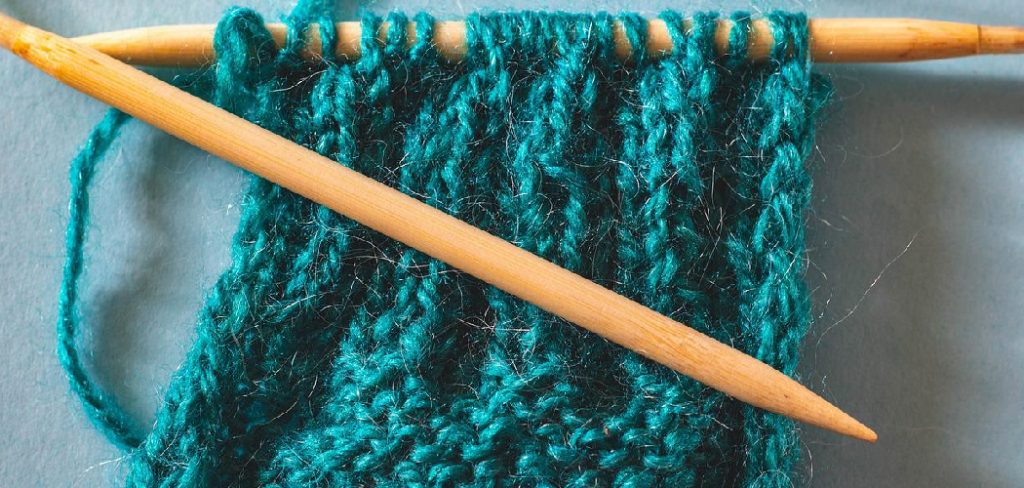
What Reasons for Holes in Knitting?
Holes can develop in knitting for several reasons, including:
Dropped Stitches
The most common reason for holes in knitting is dropped stitches. These happen when a stitch is accidentally dropped from the needle and can be difficult to spot. A dropped stitch can quickly turn into a hole if you’re not careful, so it’s important to be vigilant when knitting.
Laddering
Laddering is a type of knitting error that occurs when stitches are not knitted evenly, resulting in gaps or holes in the fabric. Tension issues usually cause laddering, so be sure to check your tension if you notice any laddering.
Yarn Splitting
If you’re using a lower-quality yarn, it’s more likely to split while you’re knitting. Yarn splitting can cause holes, so it’s important to use good quality yarn to avoid this problem.
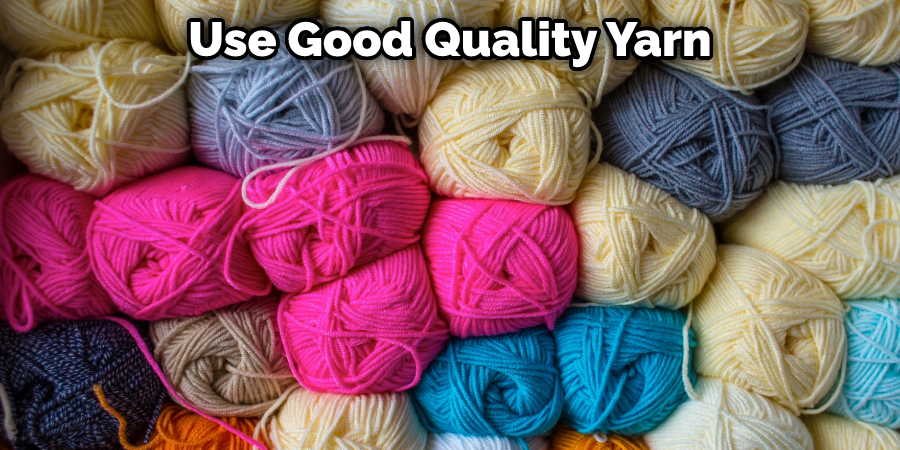
Purl Stitches
Purl stitches are slightly more likely to develop holes than other types of stitches. This is because when the yarn is wrapped around the needle in the opposite direction to create a purl stitch, it can loosen and create gaps.
Incorrect Gauge
If your gauge is off, it can cause holes in your knitting. So be sure to check your gauge before knitting and adjust your needles if necessary. It’s also a good idea to knit a gauge swatch before beginning a project. If you are working a pattern that has multiple sizes, be sure to knit a gauge swatch for the size you are knitting. This will ensure that your final piece is the correct size.
10 Effective Ways – How to Fix Holes in Knitting
1. Use the Duplicate Stitch
The duplicate stitch is a simple way to cover up small holes in your knitting. All you need is a needle and some yarn that matches your project. To start, thread your needle with a length of yarn. Then, insert the needle into the fabric below the hole, coming up through the center of a knit stitch. Next, insert the needle into the center of the knit stitch above the hole. Finally, bring the needle back down through the center of the stitch below the hole. Repeat these steps until the hole is filled. Then, cut the yarn and secure the end by weaving in the loose ends.
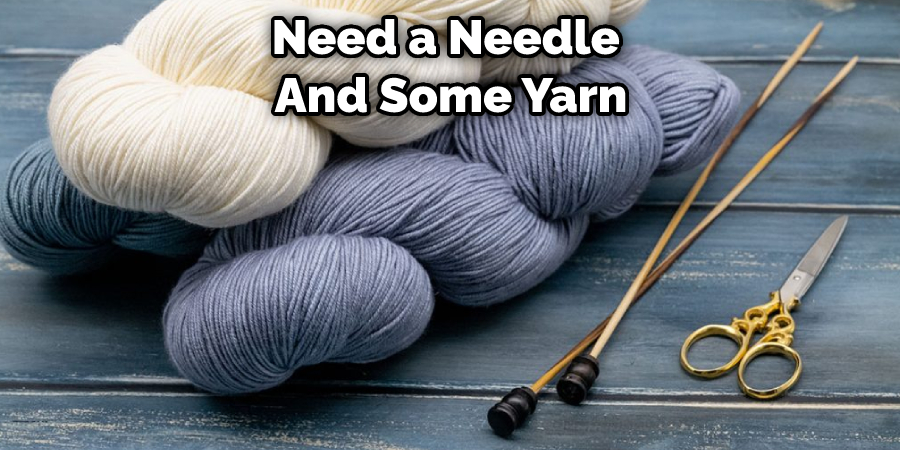
2. Sew a Patch Over the Hole
If the hole is too large to be covered with the duplicate stitch, you can sew a patch over it. To do this, cut a small square of similar weight fabric and use a tapestry needle to sew the patch over the hole. Start by threading the needle with a length of yarn. Then, insert the needle through the back of the fabric, coming up through the hole. Next, insert the needle through the front of the fabric and make a small stitch.
Continue sewing around the hole, making small stitches. When you get back to the beginning, tie off the yarn and cut the excess.
3. Use a Crochet Hook
Another way to fix holes in knitting is to use a crochet hook. To do this, insert the hook into the fabric below the hole. Then, pull the yarn through the fabric and make a loop. Next, insert the hook into the center of the stitch above the hole. Finally, pull the yarn through the fabric and make a loop. Repeat these steps until the hole is filled. Then, cut the yarn and secure it in place.
4. Use a Needle and Thread
If you have a hole in your knitting, you can use a needle and thread to fix it. First, insert the needle into the fabric below the hole. Then, pull the needle up through the hole and insert it into the fabric above the hole. Finally, pull the thread through both loops on the needle to secure it. Repeat this process until the hole is closed.
5. Use the Invisible Repair Method
The invisible repair method is great for fixing larger holes in your knitting. To do this, cut a length of yarn twice as long as the hole. Then, thread the yarn through a tapestry needle. Next, insert the needle into the fabric below the hole, coming up through the center of a knit stitch. Then, insert the needle into the stitch above the hole, and come out through the center of that stitch.
Continue doing this until you have gone around the entire hole. Finally, weave in the ends of the yarn to secure the repair. This method is best used for larger holes, as making small, invisible stitches can be difficult.
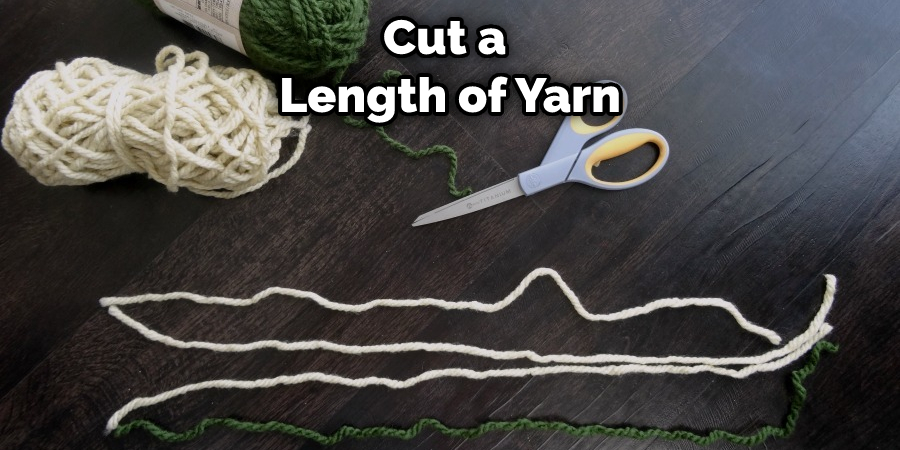
6. Use a Running Stitch
The running stitch is a simple way to close up small holes in your knitting. To do this, thread a needle with a length of yarn. Then, insert the needle through the fabric from the wrong side. Come up through the hole, then back down through the next stitch. Continue until you’ve gone all the way around the hole.
Finally, take the needle to the wrong side and tie off the yarn. This method is best for small holes. For bigger holes, you’ll want to use a stronger stitch.
7. Use the Ladder Stitch
The ladder stitch is an easy and effective way to fix small holes in your knitting. To do this stitch, thread a needle with a length of yarn twice the width of the hole. Then, insert the needle through the first two stitches on either side of the hole, making sure to come out in the middle of the hole.
Next, insert the needle through the next two stitches on both sides of the hole. Continue until you have stitches on both sides of the needle. Finally, pull the yarn tight to close up the hole.
8. Use the Whipstitch
The whipstitch is a quick and easy way to close up small holes in your knitting. All you need is a needle and some yarn in a contrasting color. To do this stitch, thread a needle with a length of matching yarn and insert the needle through the fabric from the wrong side. Then, take a small stitch in the fabric around the hole, and pull the needle through to the wrong side.
Continue taking small stitches around the hole, careful not to pull the yarn too tight until the hole is closed. You can then knot the yarn on the wrong side and trim any excess.
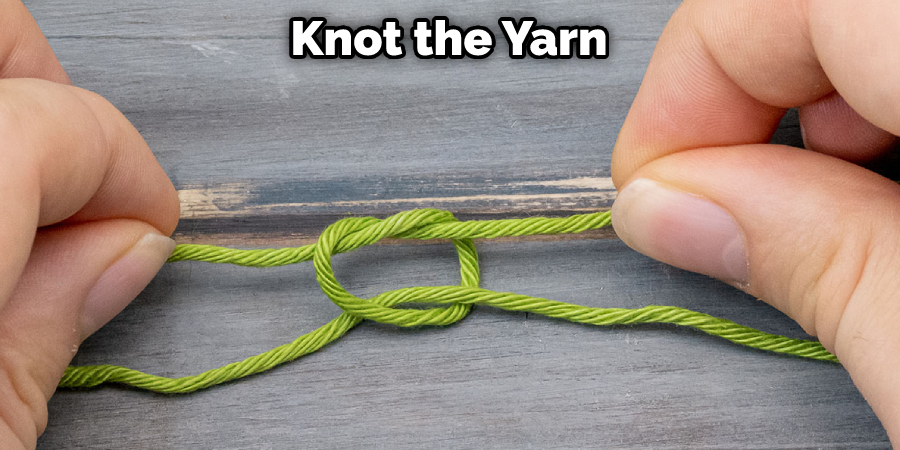
9. Use the Moss Stitch
The moss stitch is often used to fix small holes in knitting. To do this stitch, thread a needle with a length of yarn that is the same color as your knitting. Insert the needle into the fabric from the wrong side, coming up through a hole. Then, insert the needle into the fabric from the right side, coming up through the next stitch. Repeat this process until you have gone around the hole, then pull the yarn tight to close up the hole.
10. Bind Off Loosely
If you’re still having trouble with holes in your knitting, you can try binding off loosely. To do this, knit two stitches together as you would normally. However, instead of pulling the yarn through both loops on the needle, only pull it through one loop. This will create a much looser bind-off, which can help prevent holes.
Tips and Warnings on How to Fix Holes in Knitting
Tips:
- Check your work often for mistakes. It is much easier to fix a mistake when you first make it than to go back and try to find it later.
- Use a lifeline. A lifeline is a strand of yarn you thread through your knitting at a specific point. If you make a mistake after that point, you can rip back to the lifeline and start again without having to frog (rip out) all of your work.
- Be careful not to drop stitches. If you do, they will unravel down to the bottom of your work. To fix a dropped stitch, insert your needle into the stitch below the one that was dropped and knit it together with the dropped stitch.
- Take your time. Rushing through your knitting will only increase the chances of making a mistake.
Warnings:
- Be careful not to tug too hard on your work when fixing a mistake. Tugging too hard can distort the shape of your knitting and make it difficult to fix the mistake.
- Don’t be too discouraged if you make a mistake. Everyone makes them, even experienced knitters. Please take a deep breath and try to fix it the best you can.
- If you are struggling to fix a mistake, it is sometimes best to rip out all of your work and start from the beginning. It may be frustrating, but it is better than having a finished project you are not happy with.
Frequently Asked Questions
What Causes Holes in Knitting?
There are a few different causes of holes in knitting, but the most common is unraveling. When you’re working on a project and make a mistake, it’s important to be able to correct it quickly. However, if you can’t fix the error without removing some of the previous work, then that hole will become bigger and more noticeable with every stitch pulled out.
The other cause of holes in knitting is when your needle gets caught in the fabric too frequently. This can happen either because your stitches are tight or there’s yarn over-threading (or “weighted blanket syndrome”). Yarn over-threading occurs when one strand of yarn hangs down below another one on the needles like an invisible weight – this eventually pulls both strands towards each other until they break free from their holders and create holes in knitted fabric.
One way to avoid these problems is by using a cable stitch pattern where crossings occur at intervals rather than right next to each other as with standard knit stitches. Additionally, try knotting off any extra threads before putting them back into your workbox so that they don’t get tangled up again later on!
Should You Always Slip First Stitch When Knitting?
It largely depends on your knitting style and preferences. Some people prefer to slip the first stitch all the time, while others may only do so when they experience difficulty with a particular stitch. Ultimately, it is up to you – as the knitter – to decide when to slip a stitch.
Which Side Should Yarn Be on When Knitting?
Depends on your personal knitting style. If you prefer more flow in your knitting, then the back side of the yarn should be facing forward when you are working with it. However, if you knit primarily for accuracy and want every stitch to line up perfectly, then the front side of the yarn should be facing forward while you are working with it. Ultimately, this decision comes down to personal preference and how much emphasis you put on overall appearance during your knitting sessions.
Conclusion
Now that you know how to fix holes in knitting get started on your next project! With a little practice, you’ll be able to knit like a pro and never have to worry about pesky holes again. Happy knitting.
